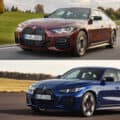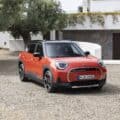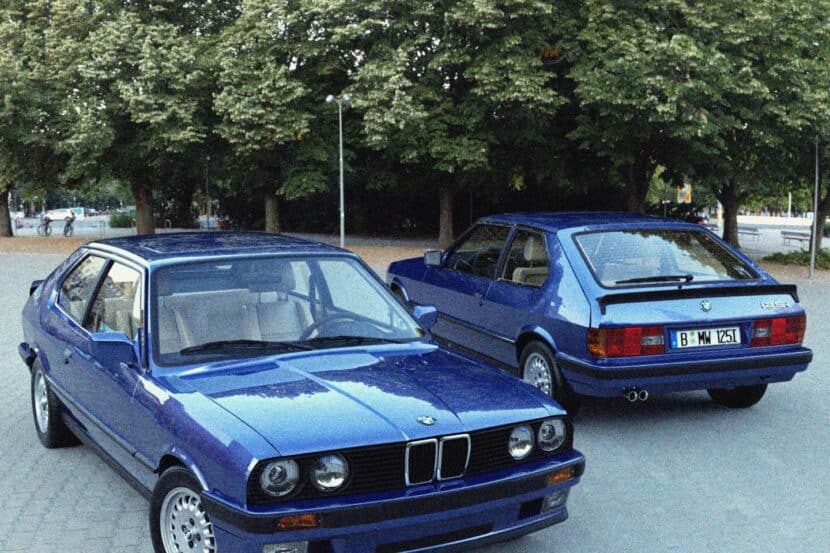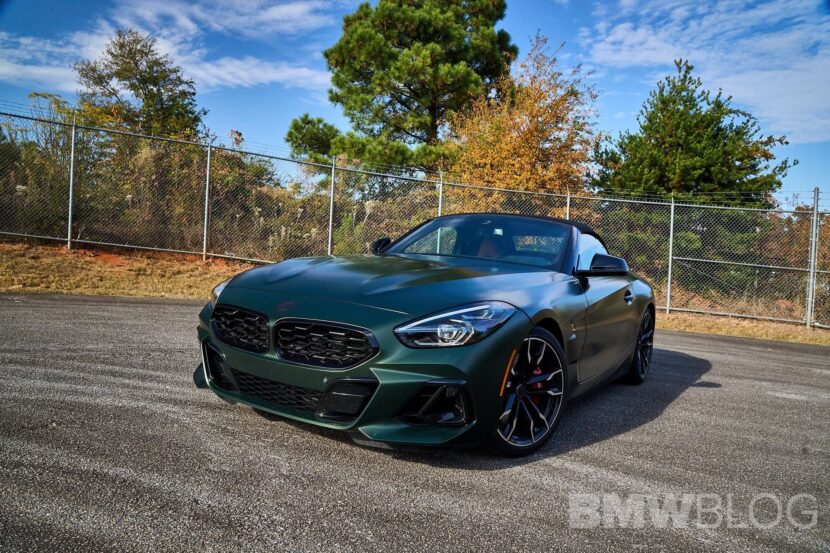Now that Klaus Fröhlich is a member of the Board of Management for BMW AG, Development, we should expect some good things coming from BMW. Fröhlich is a man who, up until last year, was in charge of development for every BMW up to the 5 Series. But now he’s in charge of the whole lineup. Motor Trend recently sat down with Fröhlich, to discuss where the company is headed and what is in store for upcoming vehicles.
One thing he stressed early on was modularity. The idea that many BMWs can share the same chassis and architecture yet be vastly different. He uses the M235i and the 3 Series Gran Turismo as examples of this. “They come from the same rolling chassis, but they feel like cars from a different planet. We’re good at that. ‘Modularity’ sounds like engineering language, but we must emotionalize it,” said Fröhlich.
This is good news, of course, as BMW is planning on using just two new scalable CLAR (cluster architecture) chassis architectures to be used for almost all of the BMW lineup in the future. One will be for front-wheel drive based vehicles and transverse engines while the other for rear-wheel drive vehicles and longitudinal engines. “The front-wheel drive one is from the X1 down to the Mini,” states Fröhlich, who continues “Those cars need different axle positions, bulkhead heights, hip points. Then we have the RWD cluster from the 7 Series down to the 1 Series. The powertrain is always in the same position — the position of the flywheel. But you can change the width, wheelbase, rear-axle type — a luxury one for the 7 Series and one that’s more space-efficient for the 3 Series Touring.”
He also goes on to talk about how how the new BMW 7 Series is the first of many BMWs to use its architecture. “It will be seen in the future 5 Series, 3 Series, etc. The body can be very specific. The 7 Series uses carbon fiber, magnesium, die-cast aluminum, and hot-formed steel. Some axle parts are common among series, but the body will change materials.” This is very important, and good news as well, as the current 5er is built off of the F01 7 Series platform and is quite big and heavy because of it. So the next 5 Series will employ many of the same exotic weight saving materials and techniques as the new 7.
Fröhlich continues to prove that he is the right man for the job, at least in enthusiast’s minds, as he talks about how the upcoming 1 Series may be rear-wheel drive based. “If rear drive, we would lose advantages of luggage space,” he says, but goes on to say “But if one sort of customer wants space, he can get the [FWD minivan-esque] 2 Series Active Tourer. The 1 Series is about conquest sales, so it has to be a true BMW. We don’t have to decide until the end of this year.” To me, that sounds like he wants the next 1 Series to be rear-wheel drive and he’s trying to make a case for it to the rest of the board.
If wanting to keep the 1 Series rear-wheel drive isn’t enough to make you like Klaus, then maybe this will. When asked about the growing partnership with Toyota to make a new sports car, Klaus said “I know what I want: a really sharp, sporty Z4 successor, I want to make this happen. And I know the elements it must use.” So Fröhlich sounds like a guy who knows what direction he wants BMW to take, with all of its cars, and knows how to do it. The entire BMW lineup seems to be in good hands.
[Source: MotorTrend]







































































